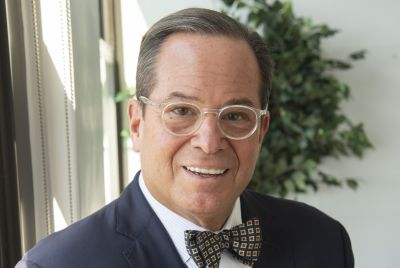Sikh Massacre: The ‘Model Minority’ Argument
OPINION
As the son of Indian immigrants, I have been overwhelmed and enervated by the outpouring of grief and sorrow from across the United States over the massacre of six Sikhs at the Wisconsin temple.
Not only have President Barack Obama and Republican presidential challenger Mitt Romney expressed their heartfelt condolences over the tragedy, but Americans of all races and from all walks of life have embraced the Sikh community during this unprecedented period of mourning for a largely misunderstood and overlooked ethnic group.
However, there is something about this spectacle that is bothering me.
When I watched the Republican governor of Wisconsin Scott Walker and Republican congressman Paul Ryan appear at a memorial for the victims (both wearing orange-colored head-coverings, no less), something occurred to me -- does all this sorrow and compassion emanate from the fact that Sikhs (and, by extension, immigrants from India) constitute a "model minority"?
The concept of a "model minority" is a highly contentious issue that elicits much controversy. Essentially, it boils down to this: Certain immigrants (namely those from Asian nations like India, China and South Korea) are "acceptable" to the broader American public, because they are perceived to be hard-working, sober, law-abiding and devoted to family and education.
Those who espouse the "model minority" theory point to the fact that Indian immigrants and their children earn the highest incomes in the country, have strong records of academic achievement and generally stay out of trouble.
Part of this is myth is true -- Indians are heavily over-represented in Ivy League colleges and corporate America (though not necessarily in the CEO seat) and have excelled in such prestigious fields as medicine, engineering, banking and computer software.
Indeed, two of the rising stars of the Republican Party and possible future presidential aspirants -- Gov. Nikki Haley of South Carolina and Gov. Bobby Jindal of Louisiana -- are both Indians.
On the surface, the "model minority" status bestowed upon Indians seems benevolent, but it has a dark underside. The concept suggests that other immigrants and minorities are “not acceptable” (namely blacks and Hispanics).
This brings me back to the Sikh temple massacre. Would the expressions of grief be as widespread and deep if neo-Nazi Wade Michael Page had shot up a camp filled with illegal aliens from Mexico? My feeling is that it would not... and highly doubtful that Walker and Ryan would attend a memorial for them, lest they be accused of being "soft" on illegal immigration.
Despite the fact that Sikhs have been targeted for abuse since the Sept. 11 terrorist attacks, on the whole, they (like the Indian community as a broader group) have done very well in this country. I would go so far as to say that Indians in the U.S. are a “privileged” or even “exalted” minority who enjoy a kind of status that is far beyond the reach of blacks and Hispanics.
This is not to say that some forms of discrimination against Indians do not still exist. This is also not to ignore the fact that some Asian groups (for example, Bangladeshis, Laotians, Hmong, etc.) remain economically disadvantaged in the U.S. and trapped in the underclass, especially those who live in urban environments.
However, on the whole, Indians (including Sikhs) generally enjoy lives of peace and prosperity in this land. As such, they would appear to be more valued members of society than certain other minority groups.
But the "model minority" handle is more of a straitjacket than anything else -- it suggests that Indians must continue to behave themselves, lest they lose such status. Indeed, the mass murder of Sikhs in Wisconsin reveals the mindless hate that lurks just beneath the superficial veneer of acceptance.
© Copyright IBTimes 2024. All rights reserved.





















